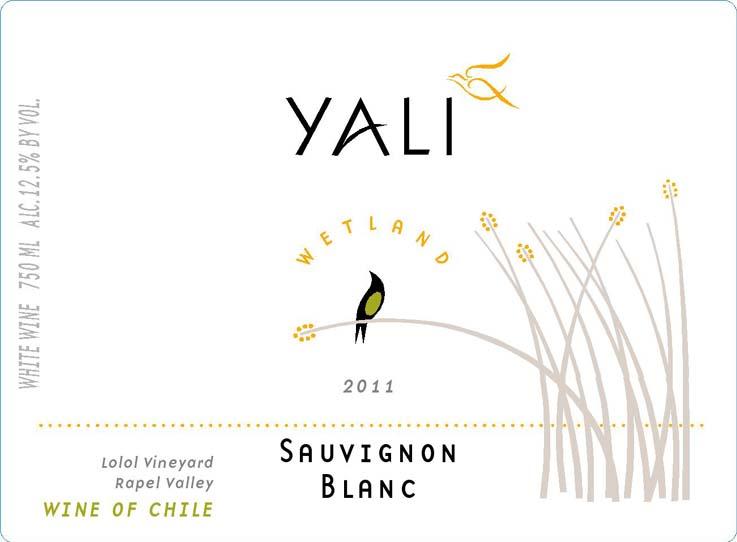2011 Rapel Valley Sauvignon Blanc
Yali Wetland is a delightful 2011 Sauvignon Blanc hailing from the picturesque Rapel Valley in Chile. This white wine boasts a vibrant and refreshing profile, making it an excellent choice for warm-day sipping or pairing with light dishes. Its bright acidity leads to a crisp mouthfeel, complemented by a medium fruit intensity that showcases notes of zesty citrus and subtle tropical fruits, imparting an aromatic bouquet that is both inviting and uplifting. The wine is off-dry, striking a perfect balance that enhances its food-friendly character. Whether enjoyed on its own or alongside seafood or salads, Yali Wetland is sure to please with its elegant and approachable nature.
Yali Wetland is a delightful 2011 Sauvignon Blanc hailing from the picturesque Rapel Valley in Chile. This white wine boasts a vibrant and refreshing profile, making it an excellent choice for warm-day sipping or pairing with light dishes. Its bright acidity leads to a crisp mouthfeel, complemented by a medium fruit intensity that showcases notes of zesty citrus and subtle tropical fruits, imparting an aromatic bouquet that is both inviting and uplifting. The wine is off-dry, striking a perfect balance that enhances its food-friendly character. Whether enjoyed on its own or alongside seafood or salads, Yali Wetland is sure to please with its elegant and approachable nature.




